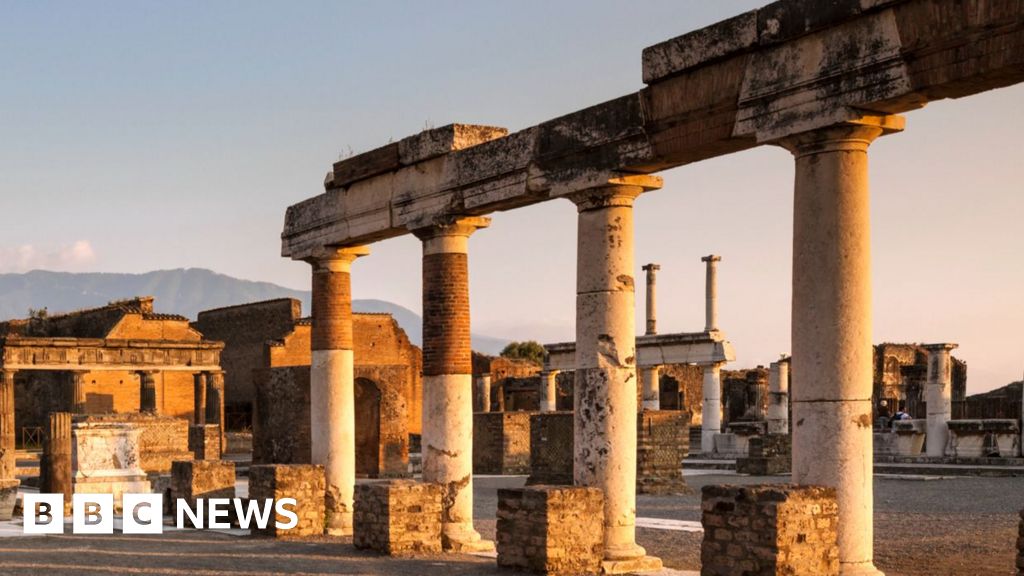New Archaeological Evidence Confirms Post-Eruption Life in Pompeii Ruins
New Archaeological Evidence Confirms Post-Eruption Life in Pompeii Ruins

Recent archaeological findings have provided compelling new evidence suggesting that people returned to inhabit the devastated ruins of Pompeii following the catastrophic eruption of Mount Vesuvius in AD79. This research challenges previous assumptions, indicating that the ancient Roman city, largely preserved by volcanic ash, was not entirely abandoned after the disaster.
Archaeologists believe that some survivors, unable to afford relocation or seeking familiar ground, returned to the site. They may have been joined by others looking for a place to settle, forming a community amidst the destruction. This new evidence, confirmed by researchers at the site, solidifies a long-speculated theory regarding post-eruption life in Pompeii. Prior to its destruction, Pompeii was a thriving city of over 20,000 residents, famously rediscovered in the 16th century.
Disclaimer: This content is aggregated from public sources online. Please verify information independently. If you believe your rights have been infringed, contact us for removal.